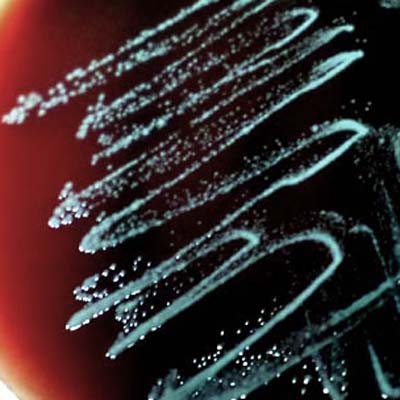
Get A Testing Quote
Bordetella pertussis
Structure and Physiology
This bacterium is a Gram-negative, non-motile, coccobacillus aerobe.
Transmission and Disease
B. pertussis is the organism responsible for whooping cough and is transmitted via airborne droplets contaminated with the organism, such as those produced by the act of coughing itself. Once adhered to the surface of the thoat, B. pertussis releases a toxin called trachael cytotoxin, which stops the local cilia in human epithelial cells to stop clearing debris from the trachea, causing a coughing fit and further spreading the vector of transmission for B. pertussis.
Disinfection
Because of its common association with human illness and clinical significance, B. pertussis is frequently chosen as an organism of interest in the realm of disinfection and sanitization.
Notes
The incubation period for this organism in human whooping cough ranges from 6-20 days.
Reference
- Luker, Kathryn E., et al. “Bordetella pertussis tracheal cytotoxin and other muramyl peptides: distinct structure-activity relationships for respiratory epithelial cytopathology.” Proceedings of the National Academy of Sciences 90.6 (1993): 2365-2369.
Share

